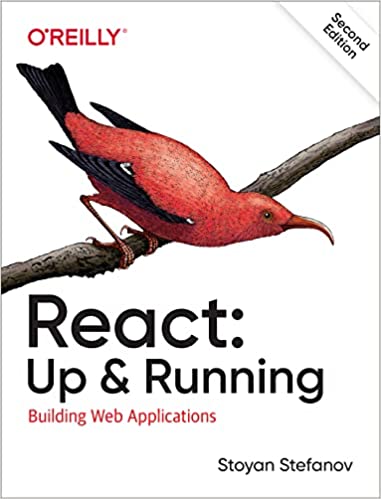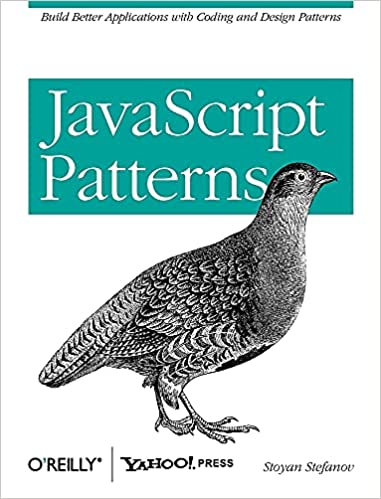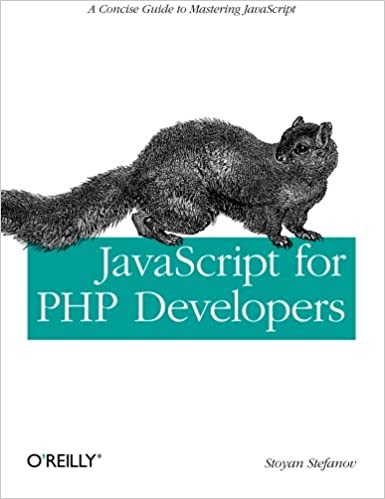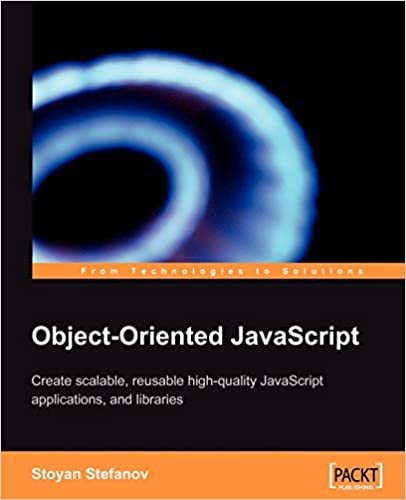“When I was younger, so much younger than today” and upset and full of vinegar about the state of the world, I’d say things like “CSS is the worst” (not really). Now, half a year later, older and wiser and more accepting, I’d agree to mellow down to “CSS is render-blocking”. Un-render-blocking CSS What this […]
Lately I’ve been rediscovering the joy of PHP. Also been helping an MVP get off the ground which uses a lot of nocode/lowcode bits and pieces and miraculously puts them together. Anyway, I had to write to an Airtable table with PHP and some quick googling didn’t find an example to copy-paste so I’m writing […]
Helloooo, dear reader and web performance enthusiast! It’s time to sit down and write an article for the performance calendar. Here are some more details. Or if you’re not feeling like writing, look around you and recruit the person you think should share their knowledge with the world. What do you want to write about? […]
Thomas Steiner has a brilliant idea for this year’s Perfplanet calendar edition: what if we revisit some of the best articles from the past. “Best” is subjective but how about “still popular”? So here’s a list of the 31 most visited articles in the past year in reverse chronological order of publication. (31 as the […]
tsia ffmpeg -loop 1 -i image.png -i audio.mp3 -c:a copy -c:v libx264 -shortest result.mp4
I wanted to create a video that is a 3×2 grid of 6 other videos. This one to be precise: I was hoping I can use ffmpeg, because the thought of using a proper video editing software gives me the chills. In fact at some point I thought things will require iMovie and went to […]
One of my esteemed professors from Santa Monica College, Dr. Driscoll asked for an opinion on how one can use a sheet of music and reshuffle some measures to generate a unique exercise for each student. This turned out more fun than anticipated and here’s a solution I came up with using the free notation […]
tl;dr: Add data-lazy=”true” to your Facebook social plugins that are below the fold and reap the benefits. In code: // before <div class=”fb-like” data-href=”https://phpied.com”></div> // after <div class=”fb-like” data-href=”https://phpied.com” data-lazy=”true”></div> The following 18 seconds video demonstrates the difference. Where currently your visitors load Facebook iframe content even if it’s way down the page, after you […]
Yesterday was my last day at Facebook. After 9 1/2 years it was high time for a change. I dropped the news on twitter/fb and thought now it would be nice to answer the question of “what’s next?” that friends are wondering. The trajectory I myself have wondered sometimes what the life after Facebook could […]
I’m not the one who philosophizes often in public, but indulge me this thought on the types of work we do as programmers and feel free to add your own dimensions. I’ve thought about how sometimes I like to work on user-facing products and sometimes on developer-facing ones. Real products that my mom can see […]
Previously on “Deep Note via WebAudio”: intro play a sound 2.1. boots and cats loop and change pitch multiple sounds nodes In part 4 we figured out how to play all 30 sounds of the Deep Note at the same time. The problem is that’s way too loud. Depending on the browser and speakers you […]
Previously on “Deep Note via WebAudio”: intro play a sound 2.1. boots and cats loop and change pitch multiple sounds Nodes WebAudio makes a heavy use of the concept of nodes. A node is something that does a thing (I know, very helpful), for example makes noise or manipulates sound somehow. Then you connect the […]
Previously in this series: intro play a sound 2.1. kick and snare (a fun distraction from the main series) loop and change pitch We need to play 30 sounds at the time, that is 30 instances of the same cello sample, all pitched all over the place and over time. (If that sounds odd, please […]
This journey started here, then continued, then took a slight turn, just for giggles, and now we’re back. After you learned how to play a sound, now let’s loop it, because the DeepNote goes on for about 25 seconds and we play the exact same sample of a cello that is under a second long. […]
In the previous installment we came across the idea of creating noise via an oscillator and via a buffer filled with your own values (as opposed to values being read from a pre-recorded file). I thought a bit of elaboration is in order, even though we’re not going to use these ideas for the Deep […]
Ever had a string of a data URI image and you want to see said image? Simple: type data:image/png;base64, followed by the base 64 string. Except… it’s too much syntax to remember. I mean c’mon: colon, semi-colon, comma. And you probably don’t do this often enough. A bookmarklet is called for to aid the memory. […]
(Part 1 (intro) is here.) Now that we know what to do, let’s go for it! First rule of business: load an audio file and play it. UI Let’s build a simple HTML page (demo) to test things: <button onclick=”play()”>â–¶ play</button> <button onclick=”stop()”>STOP!!!!</button> Now let’s implement this play() function. Fetch… Loading means fetching from the […]
You’ve heard of WebAudio, but have you done any experimenting with it? This is a series of posts on exploring and discovering various APIs that WebAudio has to offer, by doing something concrete, namely recreate the THX Deep Note sound. If you cannot wait for me to write up everything, the code and slides (these […]
Animations and transitions on the web are cool and all, they can make the UI feel snappier and responsive (if used judiciously). However there are problems with motion like this. A whole lot of people are sensitive to motion and you don’t want your site to cause motion sickness and dizziness, right? Luckily, most modern […]
Say hello to the new perf hotness – a profiler built into React. This announcement blog post shows how to use it as a Chrome Extension, but you can also use it in your code, to get insight into real world interactions, even in production. Let’s see how. Create a new react app If you’re […]
Prettier is a code formatter, great for following consistent coding conventions with 0 effort. Here’s how to add it to TextMate, my text editor of choice. Install Prettier Globally, so you take advantage of it in any old directory. npm install –global prettier If that doesn’t work, you probably need to install Node first. So […]
Inline scripts are synchronous. “Well, duh!” you may say. That’s a feature, not a bug. Because accessing a variable after an inline script should succeed. And that’s fine. But not great. When is this bad? Well, inline scripts cause stylesheets to be blocking. Wait, what? Steve explained it 10 years ago, and it’s still relevant […]
User styles have been around since the early days of the web. They are a way for users to specify their browsing preferences using CSS cascade. I remember way back when this option was fairly prominent in Internet Explorer settings. Now, I don’t even know how to find it in most browsers. But I did […]
Instead of running ESLint on the command line and passing files to it, I wanted to require() and use it with code from strings. That is because I want to lint and unit-test the code from the book I write in AsciiDoc. (Will post the complete script once it’s running properly, some taste) Had to […]
I started typing an answer to a question by @alexharrisonsax since my React book is written for the recent past (React 14) and things change. Twitter is not great for code discussions, so here goes. Import dependencies import React, {Component, Node} from ‘react’; Declare the component class App extends Component {} Unless it’s functional stateless […]




